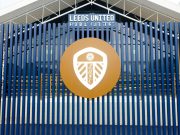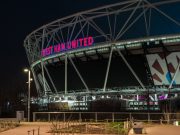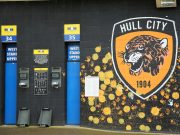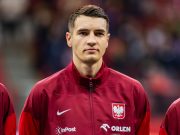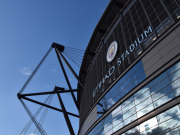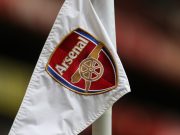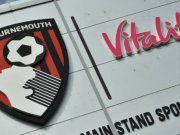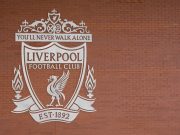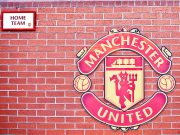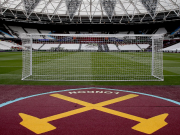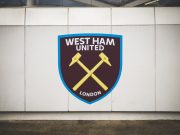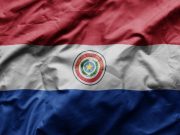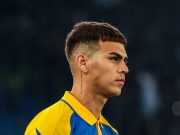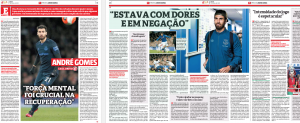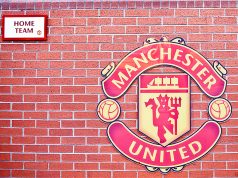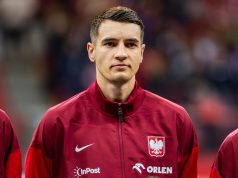Everton’s Andre Gomes has revealed he is yet to look at images of the horror injury he suffered against Tottenham.
The Portuguese midfielder suffered a fracture-dislocation against Spurs back in November when he went down under a combined challenge from Son Heung-min and Serge Aurier.
From the minute the injury happened it was clear Gomes had suffered a serious injury, with images of him screaming in pain, and the reaction of those around, clearly showing the extreme pain he was in.
The images, in particular, make for harrowing viewing, although the Everton midfielder admits he has never looked at them.
“(I’ve) never seen them,” he told Record.
“After the operation, I went three days without my phone. I didn’t see the images or how it happened, although I have a sense of what happened in the field.
“When it happened, I avoided looking at the foot because I didn’t want to keep that image in my head. I didn’t want to look again, and I preferred to look straight ahead.
“I won’t run away from them [laughs], but if I can avoid it, I will. When I was on the ground, I realised that my foot wasn’t in the right place – fortunately, it is now [laughs].
“I remember people’s reaction, and I can’t forget that. I avoided looking at my foot, but I couldn’t avoid looking at the people in front of me.”
At the time, Everton’s medics were quick to act to try and help Gomes, with club doctor John Hollingsworth one of the first on the scene.
He took the unusual decision to reset Gomes’ ankle on the pitch, something which has helped speed up his recovery exponentially as it meant the player could undergo surgery the next day and start the recovery process ahead of schedule.
That process took three months, with Gomes making his return to the side after just three months in the recent defeat to Arsenal.
That quick recovery has astounded many given it was expected Gomes would be out for the season, but he insists they never put a timescale on the injury or his recovery.
“When I had surgery, and we talked about my injury we decided not to put limits on recovery,” he added.
“We did not set a day or month for the return. People know how I like to work. We went through it day by day, week by week, and how things were progressing.
“Of course, I wanted to come back as soon as possible, and well, and I kept putting goals into my head when I wanted to be ready.
“Fortunately I was able to achieve them. There was no specific date, but I had a lot of confidence and peace of mind in recovery.
“I ended up coming back at the end of January, which was when I wanted to be with the team. Then I had the three/four weeks of preparation for the competition.”



